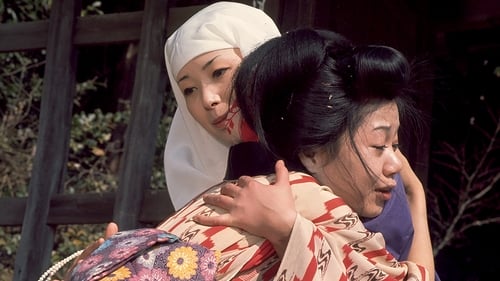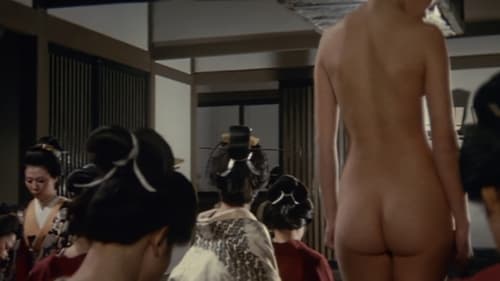
A woman on the run is raped, rescued, then raped again. Escaping, she heads for the hills and finds safe haven at a convent. After becoming a postulant (trainee nun), she catches her fellow sisters engaging in lesbianism, fighting over nothing, hurling snakes at each other, and engaging in mild flesh eating.

Nun
Zenjiro (Masaru Shiga) is a lowlife criminal, roaming the country with his merry band of crooks, gamblers and rapists. When he gets done with his latest escapade of banging a samurai's wife, he finds that his love Okoyo (Eiko Matsuda), has managed to be recruited as one of Shogun Tokugawa Ietsuna's (Kantaro Suga) concubines. While attempting to win her back, Zenjiro becomes involved in increasingly murderous palace intrigues.

An unusual blending of elements comes together in this crime story drawn from Japanese history. During the early Meiji period a number of “Dokufu” (Poison Women) committed a significant number of murders. These crimes were most often committed by wives on their husbands in order to be together with their lovers. At that time women were executed in the same manner as men, to wit: by being decapitated. This is the story of the most notorious of all, Takahashi Oden who, in 1879, was the last woman executed by decapitation in Japan.

Two short stories set in Edo during the Shogun era. 1 - During a time when Christians are persecuted vehemently, Iori falls in love with young Christian girl. When she and her family are captured during a raid, his sadistic master takes her as his personal slave to torment Iori, and tries breaking her spirit by means of rape, torture and pure sadism. After Iori refuses to participate any longer he is exiled, but vows to get her back no matter what it takes. 2 - When Sutezo is forced to serve the barbarous master of a brothel in order to repay his debts, he becomes friends with a young girl named Sato in process. Together, they both escape and try to get by on scams and petty theft.

Reconstruction, in the form of episodes, of the most bizarre crimes that occurred in Japan after World War II.



